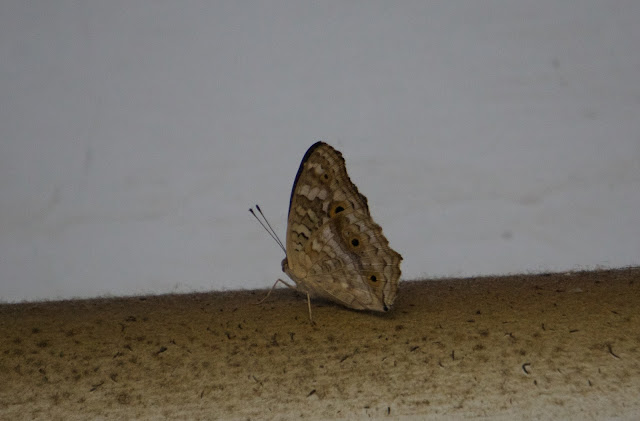Posts
Showing posts from October, 2016

Posted by
flowergirl
A wood spider at Dandeli
- Get link
- X
- Other Apps

Posted by
flowergirl
Sholinganallur through the lens of Mr Ramanan
- Get link
- X
- Other Apps

Posted by
flowergirl
The Kulagi Nature Camp
- Get link
- X
- Other Apps

Posted by
Flowergirl
Mamandur sightings
- Get link
- X
- Other Apps

Posted by
flowergirl
The Common Flameback
- Get link
- X
- Other Apps
Posted by
Flowergirl
Hornbills, Dandeli, conservation
- Get link
- X
- Other Apps

Posted by
flowergirl
Stone and root at Mamandur
- Get link
- X
- Other Apps
